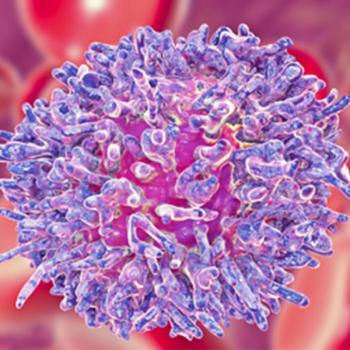
Suicide in Cancer Patients: Part 2
The first section of this blog provided statistics on suicide and warning signs,
The first section of this blog provided statistics on suicide and warning signs, risk factors, and protective factors for suicide. This portion will cover how to respond to a patient’s suicidal comments and how to facilitate a referral. But I will repeat an important statement: The goal of this blog is not to make you feel responsible for managing a potentially suicidal patient, but to empower you to feel more comfortable discussing the topic with the patient, and to enable you to accurately describe your concerns when referring the patient to the appropriate mental health services.
Doesn’t talking about suicidal thoughts increase the likelihood of someone taking action? There is a myth that merely discussing suicidal thoughts may lead to suicidal behavior, but this myth is not supported by the evidence.1 To the contrary, studies have documented that patients may experience relief and a decrease in suicidal urges once they have shared their thoughts and their distress has been acknowledged.2
What do I do if a patient expresses a wish to die? Remember your role within the treatment team. It is not your job to assess the severity of suicidality within a patient. But at the same time, you want the patient to be able to share their concerns with you. When discussing suicide with patients, the following guidelines may be helpful1,3:
- Be aware of how you respond to the patient. How you react may facilitate or shut down the discussion.
- Normalize the patient’s statements. EX: “Many cancer patients have passing thoughts of suicide, such as “If my pain were bad enough, I might…” Have you had thoughts like that? OR “Have you found yourself thinking that you do not want to live or you would be better off dead?”4
- Be open to hearing the patient’s concerns. Your goal should be to meet the patient’s needs, which requires an understanding of what they are thinking. Try to listen without interrupting, and allow for the expression of emotion, including crying and silence. Express empathy.
- Conclude the discussion by summarizing and reviewing what you’ve talked about. Ask the patient to clarify any misunderstandings. Explain that you will be sharing the essence of the discussion with the rest of the treatment team so that the entire team can proceed in a manner that best meets the patient’s needs. Provide information on referrals to mental health professionals.
- After the discussion, don’t rely on the patient reaching out to the mental health professional. Follow-up on the referrals to facilitate a formal assessment of the severity of suicidality. Document the discussion in the medical records, and communicate with the rest of the patient’s team.
What do I say during a referral? Be sure to cover these important points:
- Basic description of the patient (age, gender, marital status, dependent children?)
- Illness history (diagnosis, time since diagnosis, how treatment has proceeded)
- Your concerns (patient’s statements or behaviors, risk factors, warning signs, protective factors)
- What has been communicated to the patient about the referral
References
1. National Breast Cancer Centre and National Cancer Control Initiative. Clinical practice guidelines for the psychosocial care of adults with cancer. Camperdown, NWS: National Breast Cancer Centre; 2003.
2. Pessin H, Evcimen YA, Apostolatos A, et al. Diagnosis, assessment, and treatment of depression in palliative care. In: Lloyd-Williams M (ed). Psychosocial issues in palliative care. New York: Oxford University Press; 2008:129-159.
3. Hudson PL, Schofield P, Kelly B, et al. Responding to desire to die statements from patients with advanced disease: recommendations for health professionals. Palliat Med. 2006;20:703-710.
4. Breitbart W. Cancer pain and suicide In: Foley K, Bonica JJ, Venafridda V (eds). Advances in pain research and therapy. New York: Raven Press; 1990(16):399-412.


















































































